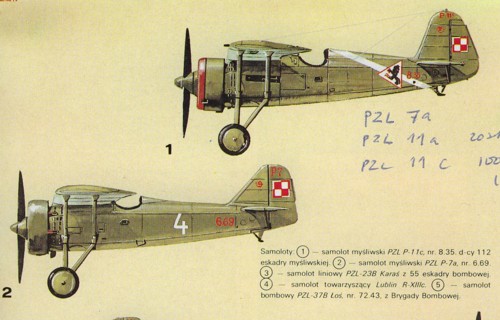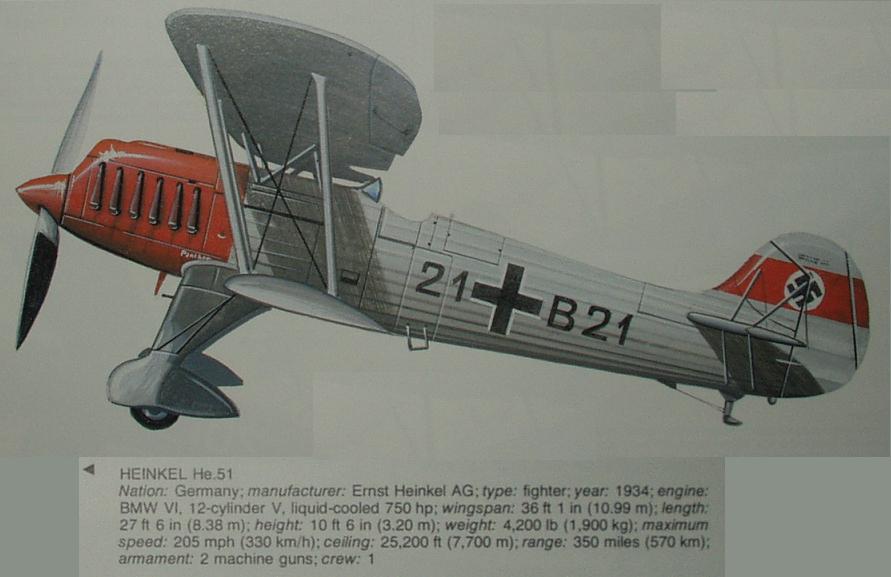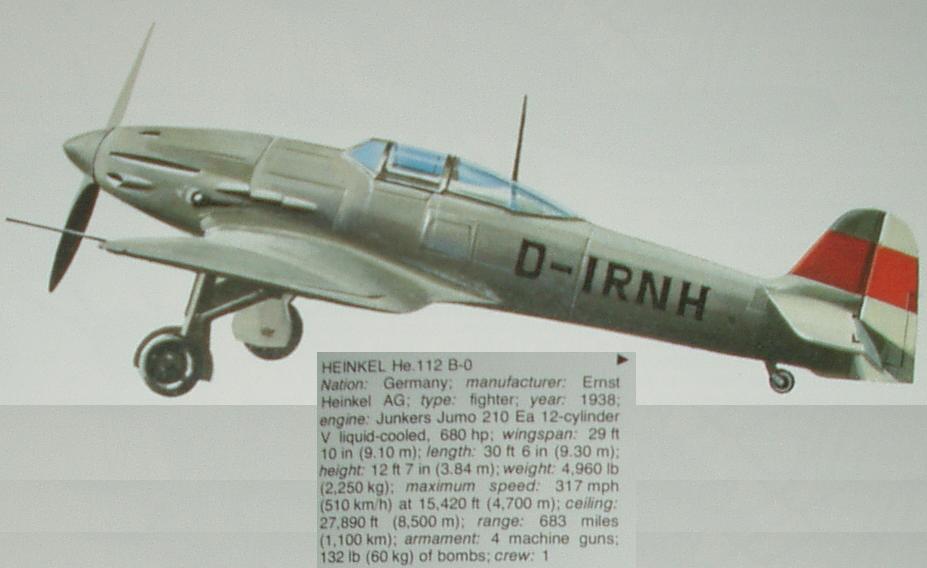 |  |  |
| Romanian Army in the Second World War · Forum Guidelines |
 Help Help
 Search Search
 Members Members
 Calendar Calendar
|
| Welcome Guest ( Log In | Register ) | Resend Validation Email |
| Pages: (8) « First ... 4 5 [6] 7 8 ( Go to first unread post ) |    |
| Stellan |
Posted: December 04, 2004 12:30 pm
|
|
Soldat Group: Members Posts: 46 Member No.: 369 Joined: October 12, 2004 |
Polish aircraft evacuated to Romania
I have to admit that as an infantryman I am no expert on aircraft. Nevertheless I think that practically all PZL-24 interceptors were sold for export. Six PZL-24 E and license rights sold to IAR in 1937 (?). The picture of a Turkish fighter is a PZL-24 C. Turkey ordered forty in 1935. PZL-50 (see picture attached). Attempts to fly a prototype aircraft to Romania failed when the aircraft was shot down by a Polish AA Bty by misstake. (Pic source: Green, Fighters, vol 3, London 1961). Attached Image  |
| Florin |
Posted: December 04, 2004 04:27 pm
|
|
General de corp de armata Group: Members Posts: 1879 Member No.: 17 Joined: June 22, 2003 |
Stellan,
The airplane you show has the style of the really good WWII fighters: monoplane, wing positioned in the lower side, structural strenght beams totally through the interior of the wings, retractable wheels. I am really surprised that Mr. Enzo Angelucci did not show it in "The Illustrated Encyclopedia of Military Aircraft ", because it is much better than the other 2 Polish fighters shown. Mr. Angelucci took care to mention that his book do not show all airplanes, but just the most representative ones. However, in my eyes this PZL 50 is by far more representative than the PZL P.24 and the PZL P.7 which you can see now now right here under this topic. This post has been edited by Florin on December 07, 2004 12:53 am |
| woj |
Posted: December 04, 2004 08:22 pm
|
||||||
|
Sergent Group: Members Posts: 173 Member No.: 240 Joined: March 11, 2004 |
Five P.24E and license rights, October 1936. You right - all buil-in-Poland P.24 fighters were purchased by foreign air forces (Bulgaria, Greece, Romania, Turkey).
Turkey ordered forty in April 1936 - and production license, further twenty in sub-assemblies to built aircrafts in Kayserie (Turkey)
There are no known pictures of P.50 so far (just photos of some fragments). Picture attached is mostly product of fantasy. P.50 prototype was damaged during landing 6 September 1939, probably because problems with fuel, not shot down. This post has been edited by woj on December 04, 2004 08:36 pm |
||||||
| Florin |
Posted: December 05, 2004 03:23 am
|
|
General de corp de armata Group: Members Posts: 1879 Member No.: 17 Joined: June 22, 2003 |
If according to Stellan and Woj all P-24 were sold to be exported to other countries, and that beautiful P 50 was just one operational prototype when the war started, what was available to face Luftwaffe?
If I am concerned about this matter, I guess also the Polish leadership also should be, in the late 1930's. Especially considering all those aerial demonstrations of Luftwaffe during parades, and the show of force of the Condor Legion in Spain. What type of Polish fighters, and how many, were able to take off in early September 1939, to face the Me-109, the Stuka and the twin engine bombers in the air? Did the Polish bombers (PZL P23B and PZL P37, shown in this topic) perform any successful action against the advancing Wehrmacht, or against the cowardly back-stabbing Red Army? This post has been edited by Florin on December 05, 2004 03:28 am |
| Stellan |
Posted: December 05, 2004 05:16 am
|
|
Soldat Group: Members Posts: 46 Member No.: 369 Joined: October 12, 2004 |
The PZL-11 (Fig 1 on picture) was the Polish standard fighter in 1939. A few older PZL-7 (Fig 2) were also in service. (Pic source: Wojsko Polskie 1939-1945).
This post has been edited by Stellan on December 05, 2004 05:17 am Attached Image  |
| Victor |
Posted: December 05, 2004 07:53 am
|
||
|
Admin Group: Admin Posts: 4350 Member No.: 3 Joined: February 11, 2003 |
Please refrain from these kind of unjustified generalizations. The Red Army just carried out orders given by the Soviet Communist Party and there are countless examples of bravery dispalyed by Soviet soldiers during the so-called GPW. |
||
| woj |
Posted: December 05, 2004 01:56 pm
|
|
Sergent Group: Members Posts: 173 Member No.: 240 Joined: March 11, 2004 |
If you are intersted in the subject: "Polish aircrafts evacuated abroad in September 1939", you should read articles written by Andrzej Glass:
"Ewakuacja polskich samolotów po 1 września 1939 roku", "Samoloty RWD-13 w Rumunii" and "Ewakuacja polskich samolotów cywilnych do Rumunii" ( http://www.samoloty.ow.pl/ ). From main page: Historia i fakty, and then the title of article. In Polish - unfortunalely. This post has been edited by woj on December 05, 2004 02:04 pm |
| Florin |
Posted: December 05, 2004 02:14 pm
|
||||
|
General de corp de armata Group: Members Posts: 1879 Member No.: 17 Joined: June 22, 2003 |
OK, I'll refrain. What means GPW? |
||||
| woj |
Posted: December 05, 2004 02:24 pm
|
||
|
Sergent Group: Members Posts: 173 Member No.: 240 Joined: March 11, 2004 |
Great Patriotic War |
||
| Florin |
Posted: December 05, 2004 02:33 pm
|
||
|
General de corp de armata Group: Members Posts: 1879 Member No.: 17 Joined: June 22, 2003 |
I am interesting in many things. The tragedy is the time available for them. Thank you for the answer regarding the available Polish fighter. It is for the first time when I am learning that a country sold all its newer and better defense technology for export (PZL P.24) and kept for its own defense obsolete technology (PZL 11 and PZL 7.) Sadly, considering the technical parameters of Me-109, having PZL 24 in stead of PZL 11 wouldn't make too much difference. The case of France and Yugoslavia proved that even modern fighters, in insufficient numbers, cannot make a difference. I know another case of selling the best technology to export, but in this case the defense of the country selling the equipment was not affected. When the Shah was still ruling Iran, and he was a great friend of the U.S., he purchased some top tech U.S. fighters of a new version, which were not ordered by the U.S. Air Force because they were considered too expensive. This post has been edited by Florin on December 05, 2004 02:38 pm |
||
| Florin |
Posted: December 05, 2004 02:49 pm
|
|
General de corp de armata Group: Members Posts: 1879 Member No.: 17 Joined: June 22, 2003 |
I have now my last questions... Sorry if I asked too much!
What happened with Panstwowe Zaklady Lotnicze, the company designing and manufacturing all these planes? Were the machine tools dismantled and moved to Germany, or the industrial plant was left in its location? If so, what German manufacturer took over it? During the German occupation, the factory produced just components, or complete planes? Was the Polish factory integrated fast enough in the German war economy to give some useful output before the campaign in West started in May 1940? Thanks in advance for any answers. |
| Stellan |
Posted: December 05, 2004 03:47 pm
|
||
|
Soldat Group: Members Posts: 46 Member No.: 369 Joined: October 12, 2004 |
Yes PZL-24 was probably no match for Me-109 E or later versions. But the older versions? Stellan |
||
| Florin |
Posted: December 06, 2004 05:47 am
|
||
|
General de corp de armata Group: Members Posts: 1879 Member No.: 17 Joined: June 22, 2003 |
I guess by "older versions" you mean the German older versions. Practically in September 1939 the Me-109E was the only fighter to be used against enemy airplanes, so your question regarding PZL-24 versus other German fighters is theoretical. It is interesting to recall that even though Me-109 already existed as built airplane in 1936, in this year the Heinkel He-51 is the standard fighter of the German army. But encountering the Polikarpov I-16 in Spain was like a cold shower for the Germans, who understood that the days of the biplane as fighter are over. You can compare the technical data with those shown in this topic for PZL P.24. And the source, the same book as before. Heinkel He-51(fighter) This post has been edited by Florin on December 06, 2004 05:45 pm Attached Image  |
||
| Florin |
Posted: December 06, 2004 06:03 am
|
|
General de corp de armata Group: Members Posts: 1879 Member No.: 17 Joined: June 22, 2003 |
Heinkel was also a competitor in the bid won by Messerschmidt with his famous Me-109.
His offer was the Heinkel He 112. Well, we discussed before about it, as most of these planes were eventually incorporated in ARR. All I have to say is that this plane has a very good aerodynamic shape, with an elliptical wing like that of the Spitfire. Considering that the project is from 1938, maybe the guys from Heinkel inspired themselves from the shape of the Spitfire, who was shown as prototype in the British news since 1937. The big handicap of Heinkel He 112 is its weak motor. Just look in the data, and you'll see that its excellent aerodynamic shape allows the plane to have the same speed as I.A.R. 80, which has a much more powerful motor. Nevertheless, He 112 is obviously better than PZL P24. So, from "The Illustrated Encyclopedia of Military Aircraft ", by Enzo Angelucci : Heinkel He 112 (fighter) This post has been edited by Florin on December 06, 2004 06:17 am Attached Image  |
| Florin |
Posted: December 06, 2004 06:12 am
|
|
General de corp de armata Group: Members Posts: 1879 Member No.: 17 Joined: June 22, 2003 |
So, these being written about the German "older versions", I repeat my questions posted before:
What happened after September 1939 with the manufacturing plant Panstwowe Zaklady Lotnicze, and the Polish engineers, technicians and workers employed there? Were the machine tools dismantled and moved to Germany, or the industrial plant was left in its location? If so, what German manufacturer took over it? During the German occupation, the factory produced just components, or complete planes? Was the Polish factory integrated fast enough in the German war economy to give some useful output before the campaign in West started in May 1940? With thanks in advance, Florin This post has been edited by Florin on December 06, 2004 06:22 am |
1 User(s) are reading this topic (1 Guests and 0 Anonymous Users)
0 Members:
 Pages: (8) « First ... 4 5 [6] 7 8
Pages: (8) « First ... 4 5 [6] 7 8 |
   |
[ Script Execution time: 0.0101 ] [ 14 queries used ] [ GZIP Enabled ]
Powered by Invision Power Board(U) v1.3.1 Final © 2003 IPS, Inc.





